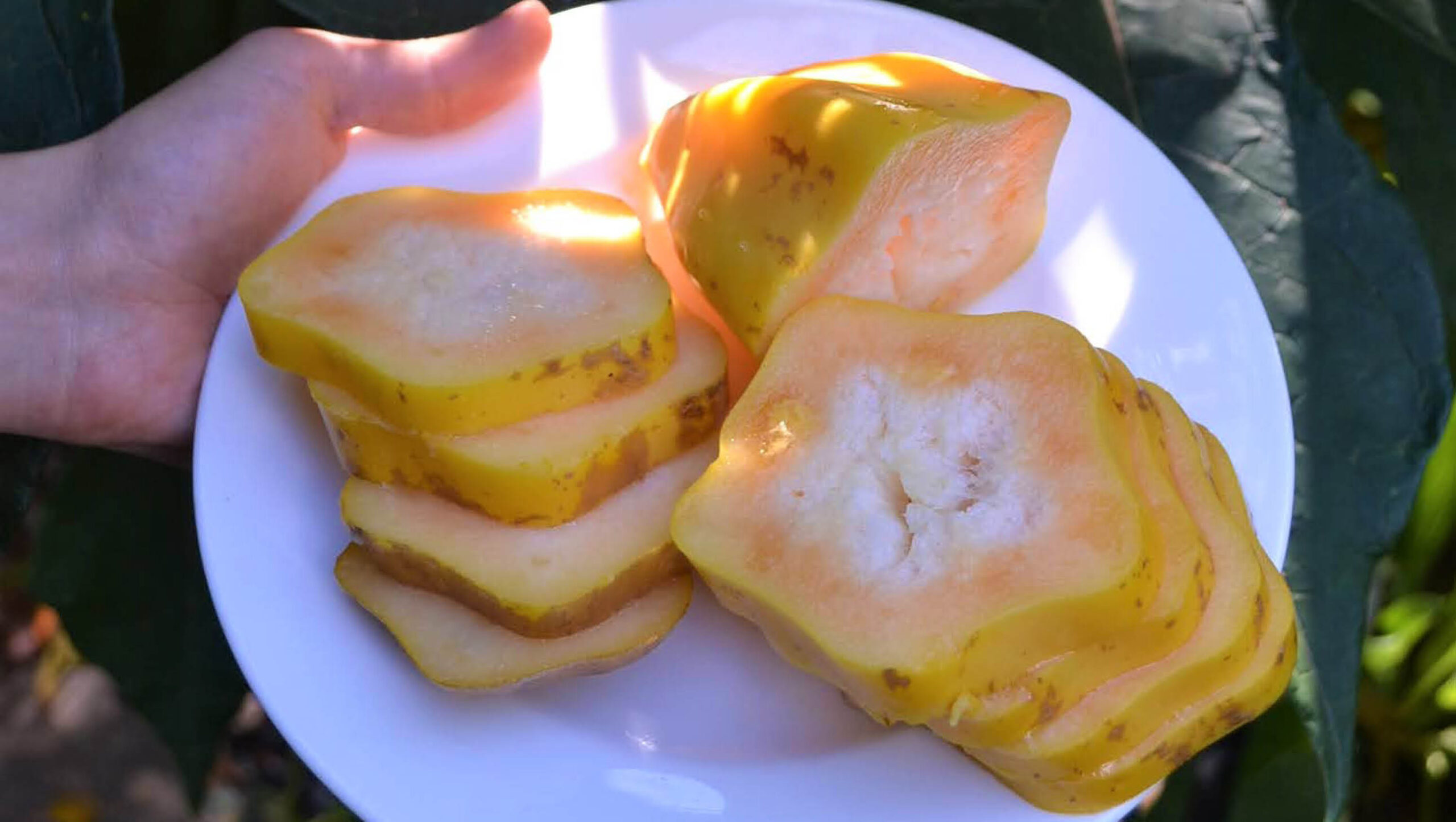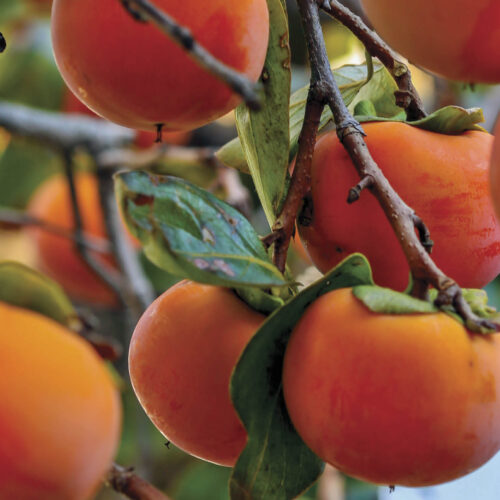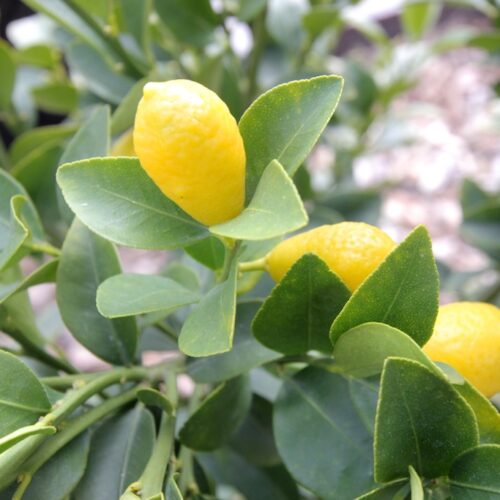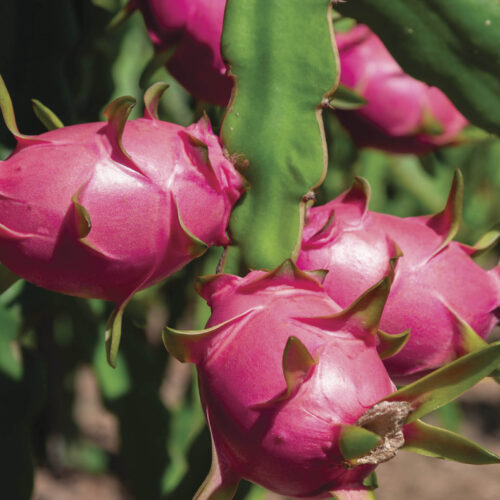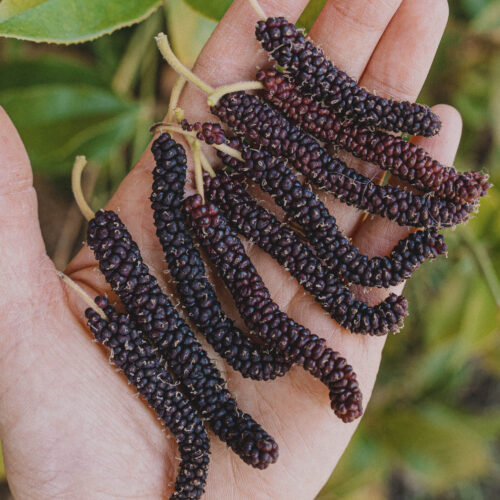Grow your own fruit: babaco and rockmelon
2022-11-22T02:34:18+11:00
Fresh fruit is the best on a hot summer's day and these two will add a sweetness to a fruit salad that everyone will love.
Jian Liu and her family have planted over 80 varieties of fruit in their suburban backyard food forest – using a range of creative techniques to squeeze all these varieties in. Much of our fruit climbs up trellises and trees; some of it we espalier; we make use of pots, growing dwarf varieties; fruit rambles as a living mulch in the understorey of other fruit trees – making the most of every inch of space. Here’s two tropical fruits that you might want to try growing yourself.
Babaco
Originating from Ecuador, babacos are the cold-climate cousin of papayas, producing long torpedo shaped fruit which turn from green to bright yellow when ripe. Babacos, in fact, taste nothing like papaya. They are also known as ‘Champagne fruit’, and have an effervescent sherbety fizz, reminiscent of lemonade. When fully ripe, they are sweet and juicy, with a star-shaped cross-section. Babacos are self-fertile and – strikingly – bear fruit along their trunk.
Planting and care
Babacos prefer part-shade, and are ideal for filling those difficult dry, shady spots under the canopy of other trees. They are compact, growing only up to 2.5m tall, and can handle light frosts. They are easy to grow and drought-tolerant, but like free-draining soil. Babacos don’t need any special treatment – spread some home-made compost over their root zone each year and they will produce happily and prolifically.
In the kitchen
Babacos are an interesting and unusual addition to fruit salads and smoothies. Fruit can be frozen for year-round enjoyment. Green babacos can be used in curries similar to green papaya.
Rockmelon
Rockmelon, also known as cantaloupe, has sweet orange flesh and a woody net-like pattern on its outer skin. Home-grown rockmelons are a real treat – sun-ripened, juicy and fragrant, not like the often tepid supermarket versions. Rockmelons are frost-sensitive vines that thrive in the warmth. They are surprisingly productive and easy to grow even in a small space. We have successfully grown rockmelons in temperate Melbourne by training the vine up a trellis to soak up the sun. Harvest is around 2-3 months after planting seed.
Planting and care
Rockmelons thrive in similar growing conditions to watermelons – a hot sunny site with well-drained soil, but need less water than watermelon. Plant seed in spring and summer by sowing in a mound, and thin to the strongest seedling. Enrich soil with organic matter and manure prior to planting.
In the kitchen
Rockmelons are divine eaten as is, but can also be grilled, added to salads or transformed into a sorbet.

